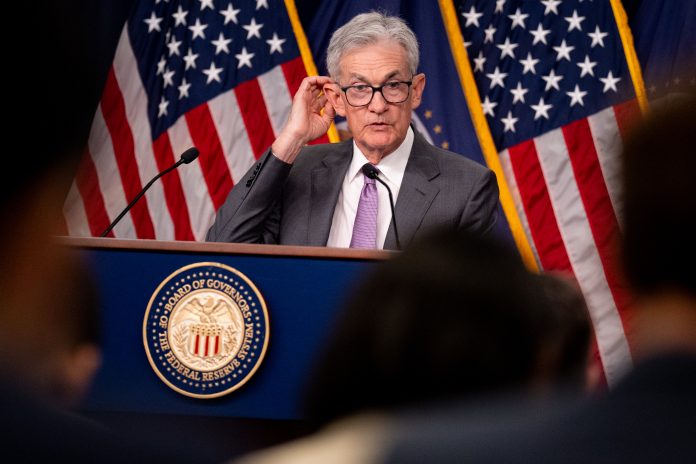Inflation in the United States continued its downward trend in June, marking the third consecutive month of cooling prices and suggesting that the intense price surge of the past four decades is gradually subsiding. This trend may prompt the Federal Reserve to consider reducing interest rates in the near future.
According to the latest report, consumer prices fell by 0.1 percent from May to June, following a flat reading in May. Over the past year, prices increased by 3 percent in June, down from 3.3 percent in May.
These figures could influence Federal Reserve policymakers to believe that inflation is moving closer to their 2 percent target. A brief resurgence in inflation earlier this year had led Fed officials to temper their expectations for rate cuts. They indicated that several months of modest price increases were needed before they would feel confident enough to lower their key interest rate, which is currently at its highest level in 23 years.
Despite the overall slowdown in inflation, prices for essentials such as food, rent, and health care remain significantly higher than before the pandemic, contributing to public dissatisfaction and posing a potential challenge to President Joe Biden’s reelection efforts.
Core prices, which exclude volatile food and energy costs, rose by just 0.1 percent from May to June, down from a 0.2 percent increase the previous month. On a year-over-year basis, core prices increased by 3.3 percent in June, compared to 3.4 percent in May. Core prices are often seen as a key indicator of future inflation trends.
Federal Reserve Chair Jerome Powell noted on Wednesday that there has been “considerable progress” toward the 2 percent inflation target but emphasized that further data is needed before any decisions are made. Many economists anticipate that if inflation remains subdued through the summer, the Fed may begin cutting its benchmark rate as early as September.


